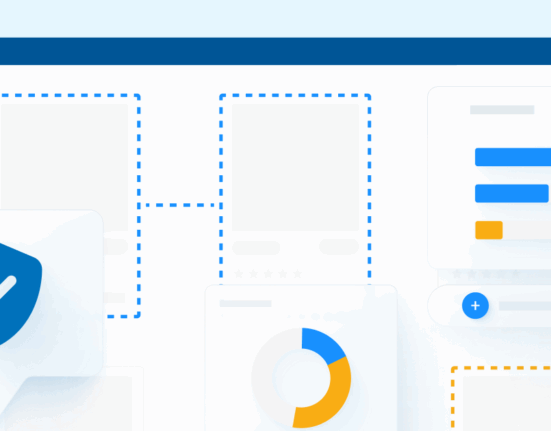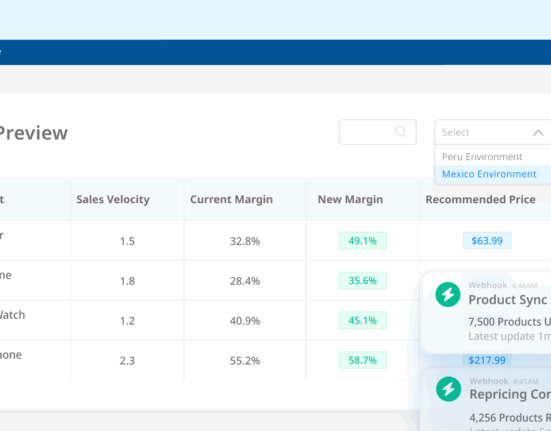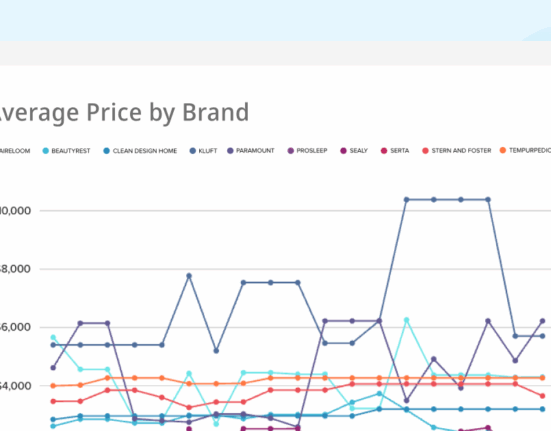When done right, a new product launch can be a big win for a brand. Apple is usually on the winning side of its product launches, with lines wrapped around the corner for the next iPhone or new gadget.
A big part of a successful product launch is the price. Get the price right, and you can drive sales, hype, and long-time customers. Get it wrong, and it can be a public relations nightmare and flat sales.
Obviously, you want to get a new product launch right. To do so, you need to know about price skimming—and whether it’s a pricing strategy you want to use for your next big thing.
What is Price Skimming?
Price skimming is when a brand or retailer charges a high price for a product at launch and then reduces that price over a short period of time. The skimming refers to the different customer segments the various prices can attract: the initial high price for early adopters and brand evangelists, the lower price(s) for more cost-sensitive buyers.
Again, Apple is a strong example of a price-skimming brand. Historically, new Apple products—like the iPod, iPhone, and iPad—launch with a premium price attached. In a few months, that price drops, opening the door for other types of buyers. There’s a cost for being an early Apple adopter, and shoppers know it. Usually, they’re willing to pay it too, because of Apple’s reputation and cutting-edge products.
Price skimming is when a brand or retailer charges a high price for a product at launch and then reduces that price over a short period of time.
When is Price Skimming Effective?
Price skimming is full of pros and cons, like with any pricing strategy. That’s because it typically succeeds when a few conditions are met.
For starters, price skimming is effective when there’s a lack of competition for that brand or product. Sticking with Apple, the first iPod was a huge breakthrough for portable music players and was priced around $400. That price was soon decreased by about $100, then another $50, over the next one to two years. Apple was able to price skim because there wasn’t a portable music player on the market that could compete with the first generation iPod at launch.
That’s when price skimming is most effective—with limited competition, for an innovative product, by a well-respected brand.
In this case, price skimming is beneficial for these reasons:
A Perception of Quality
More expensive products are usually higher quality products, right? A premium price at launch can develop a perception of quality for a brand or product, which is something that price skimming strategies tap into in order to be successful.
Quicker Return on Investment
Higher prices, greater margins, and more ROI. Brands leverage price skimming as a way to recover development costs quickly before the market becomes saturated and demand wanes.
Early Adopter Buzz
Early adopters can be great for a brand, and that premium, exclusive feel of a price skimming strategy at launch can build hype among consumers. You want those early adopters lined up around the corner waiting to be the first to buy.

When is Price Skimming Not Effective?
However, not every brand can pull off a product launch and price skimming strategy successfully. Sometimes, things don’t work out perfectly.
Given that skimming works when there aren’t any direct competitors in the market, it’s fair to say it doesn’t work when there are competitors. That’s because a premium price will attract other brands ready to undercut that price with a comparable, slightly cheaper option. With the Apple iPod, after launch competitors starting offering their own music players, like the Microsoft Zune. Then came smartphones with music-playing capabilities. Sales won’t be strong for high-priced new products if that type of competition exists at launch.
That’s when price skimming is not effective—with higher competition, for a common product, by a brand without strong early adopters.
In this case, price skimming is negative for these reasons:
Bad Public Relations
A high price, quickly dropped a few months after release? This can be a recipe for PR nightmares. Your early adopters can become rightfully upset if they feel like they’ve been ripped off, or if the product in question doesn’t deliver on the pre-release promises of functionality and quality.
Higher Competition
Say you do release an innovative product—your competitors will take notice and quickly begin development on a competitor product. That premium price as part of your price skimming can be easily undercut by the competition, thus hurting your sales.
Lost Customer Loyalty
When price skimming backfires, it can result in a decrease in customer loyalty. Anyone who bought at that initial price only to be let down may not come back for the next product launch.
Price skimming is effective when there’s a lack of competition for that brand or product.
Drive Profits with a Strategy Done Right
Overall, price skimming done right can be a smart way to increase profits, especially around a new release, and build up anticipation, hype, and loyal customers.
As with many pricing strategies, skimming done wrong can decrease sales, hurt profits, and limit your ability to launch new products in the future. Which outcome is more likely for your business depends on the factors above, your pricing history, and your brand reputation.
Plan ahead to maximize revenue with a successful product launch and pricing strategy.









